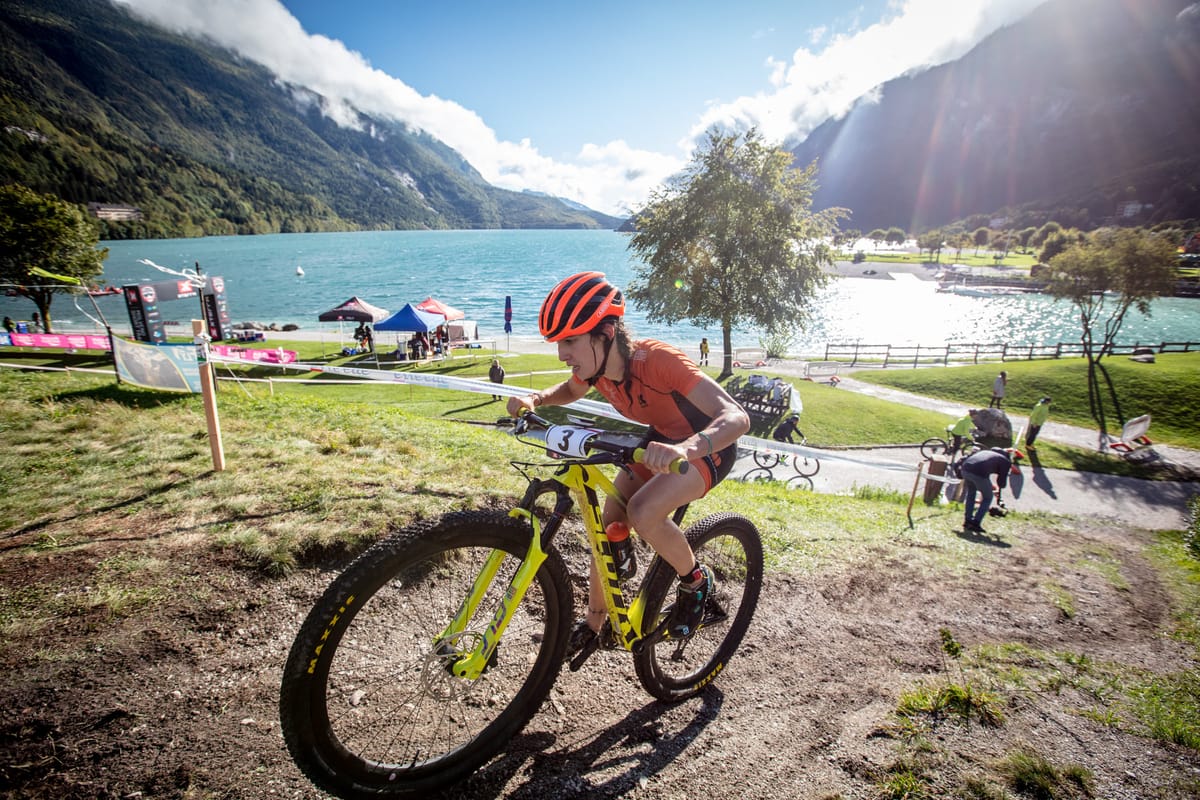To run efficiently, your mobility and motor control skills must be in check and fully functional. Here, we outline our approach to improving both of these.
There are a few common problems I see with people’s running. The first is an insufficient range of movement to run effectively. Normal hip flexion (knee to chest) is more than 70 degrees when lying down. A normal range of hip extension (the ability to allow your leg to travel behind you) is 10 degrees. This equates to the ability to raise the leg with the toes pointed while the other has the toes pulled towards you while lying prostate. If the raised-leg foot clears the height of your heel, that’s about 10 degrees.
If you do not have the ability to do either of those, you have a range of motion problem that we’ll term a mobility problem. But what about if you have that range but still lack the ability to demonstrate that range in standing, as needed for running?
If that is you then you have a stability or motor control problem. In other words, while you may have adequate range for whatever reason, some of your wirings is faulty and you can’t demonstrate it when needed. Here’s how it works:
If you don’t have range, you have a mobility issue and a motor control issue because once you develop the range, you will need to pattern it.
If you have the range but not the ability to express it functionally then you have a motor control issue.
If you’re like most triathletes, you’ll find yourself in the first category with both mobility and motor control problems. We’re going to follow a system known as RAIL (release, activate, integrate, locomote) to get the result we want and improve our running.
Release – Get a lacrosse ball and stick it in your hip flexor. If you choose to do this face-up you’ll need a weight like a kettlebell to tack it down in place. The alternative is to lie on it and use your body weight to get stuck into the tight spots.
Activate – The straight-leg glute bridge is an excellent exercise that will tie into running. Place a tennis ball at the bottom of the ribs and hold it in place with the front of the thigh. Resist the temptation to stick the ball right in the hip socket as you won’t need to use your hip flexor much in that position – precisely the issue we’re trying to fix. An alternative for those who are not yet ready for this version is to hug the leg with the arms. Using the hip of the straight leg, raise your butt as high off the ground as you can. Remember, the best-case scenario is 10 degrees, so don’t feel bad if you barely move. Five reps of five-second holds is our goal here on both sides.
Integrate – Grab hold of a band in both hands and pull down. This will help switch your abs on slightly and allow the hip to relax and do its job and flex. Once you have brought your hands down, raise the knee up to at least hip height, just as you were forced to do in the straight-leg bridge. Lower the leg before releasing the hands and repeat. Again, five reps of five-second holds are the goal.
Locomote – Time to go for a short run. The best run to help lock this in place is a fast-paced run, far faster than race pace, but not quite sprinting. This encourages you to use full range both in flexion and extension and locks in the motor pattern we just developed.
Given how many moving parts there are in running, the best bet is to see a certified FMS trainer who cannot only screen but figure out if you’ve got mobility or motor control issues and write you a plan accordingly. I typically see very good results with people with these sorts of issues in just a few weeks if they are dedicated and do their homework. With the difference, it can make to your running and your overall race time, a little time spent on patterning work can pay big dividends.








